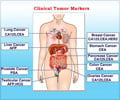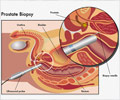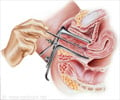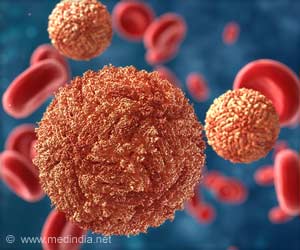Scientists at the Massachusetts Institute of Technology (MIT) have developed the first implantable device that can help monitor a tumour for weeks or months after the biopsy.
Scientists at the Massachusetts Institute of Technology (MIT) have developed the first implantable device that can help monitor a tumour for weeks or months after the biopsy, tracking its growth and how it responds to treatment.
Michael Cima, a professor of Materials Science and Engineering who led the creation of the device, has revealed that it was found to successfully track a tumour marker in mice for one month during a recent study.He and his colleagues reckon that such implants may one day provide up-to-the-minute information about what a tumour is doing-whether it is growing or shrinking, how it's responding to treatment, and whether it has metastasized or is about to do so.
"What this does is basically take the lab and put it in the patient," said Cima, who is also an investigator at the David H. Koch Institute for Integrative Cancer Research at MIT.
The device can be implanted at the time of biopsy. It can also be tailored to monitor chemotherapy agents, so that doctors can determine whether cancer drugs are reaching the tumours.
Cima says that his device can also be designed to measure pH (acidity) or oxygen levels, which reveal tumour metabolism and how it is responding to therapy.
He points out that with current tools for detecting whether a tumour has spread, such as biopsy, by the time you have test results it's too late to prevent metastasis, said Cima.
Advertisement
During an experiment, Cima and his colleagues transplanted human tumours into the mice, and then used the implants to track levels of human chorionic gonadotropin, a hormone produced by human tumor cells.
Advertisement
Cima believes that an implant to test for pH levels could be commercially available in a few years, followed by devices to test for complex chemicals like hormones and drugs.
A research paper describing the novel implantable device has been published online in the journal Biosensors and Bioelectronics.
Source-ANI
THK














